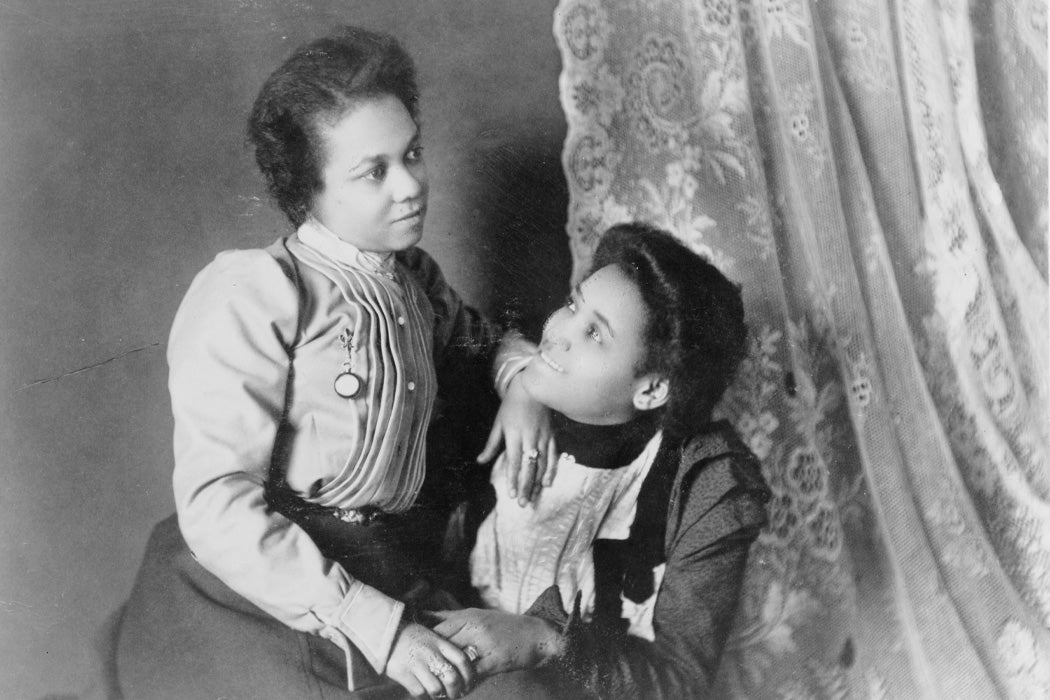It’s difficult to find depictions of the daily life of queer black women in the 1920s. Except, that is, in sensational newspaper accounts of violent, jealousy-fueled incidents between lovers. Historian Cookie Woolner finds traces of everyday lesbian life in these unexpected sources, which she argues reveal truths about a group of women who have been largely erased from history.
Starting at the turn of the century, millions of African Americans left the South. The Great Migration brought new opportunities to black migrants, and the chance to live free of Southern segregation and discrimination. But that didn’t mean that black people were trusted or welcomed in their new homes, even by previously-established black populations.
Woolner writes:
For the more established and affluent African American residents, the sexual deportment of the growing population of new settlers…clashed strikingly with notions of ‘respectability’ designed to support demands for equal citizenship rights in the era of defacto and dejure segregation.” Women who loved women were viewed as particularly offensive to those norms.
These women’s lives are uniquely hard to study, she notes, because their relationships often took place behind closed doors. That’s why newspaper accounts of “jealous violence” are so important: though they criticized “deviant” women who loved other women, they also show modern historians how they lived their lives. The stories reveal an increasing awareness of lesbianism, and attempts to police lesbians.
Woolner found fodder for her research in tabloids considered part of “jazz journalism,” a subset of sensational publications that shone a light on dramatic confrontations, murder, and domestic violence. She quotes a representative November 1926 article from a paper called The New York Age:
Crazed with gin and a wild and unnatural infatuation for another woman, Reba Stobtoff, in whose Manhattan apartment her friends and acquaintances had gathered for a Saturday night rent party, grabbed a keen-edged bread knife and with one fell swoop, severed the jugular vein in the throat of Louise Wright after a fierce quarrel…
These papers loved to follow the accusations, arrests, and trials of women who had harmed other women during lovers’ quarrels and “love triangles.” Depicted as “colored amazons,” queer black women were painted as sexually immoral, violent, and transgressive. Woolner dissects the depictions—portrayals that used terms like “unusual” as code for “lesbian” and that pitted these women against “respectable” black society. But she also finds some truth among the slurs: a community of queer black women who shared homes and maintained ties to and relationships with men.
Once a Week
The violence depicted in the newspapers was despicable—stalking, stabbing, murder. And yet it seems that the choice to focus on lesbian violence was provoked not by a preponderance of such behavior, but by fears over sexual mores and the precarious survival of black people in dense American cities. “When read against the grain, it becomes clear that the Great Migration produced a critical mass that allowed the formation of social networks among women who loved women,” writes Woolner.
The depictions of feuding black lesbians were born in fear and descended into stereotypes. But thanks to Woolner, it’s clear that the depictions are worthy for what they prove: that black queer women did exist—and even thrived—during the Great Migration.







